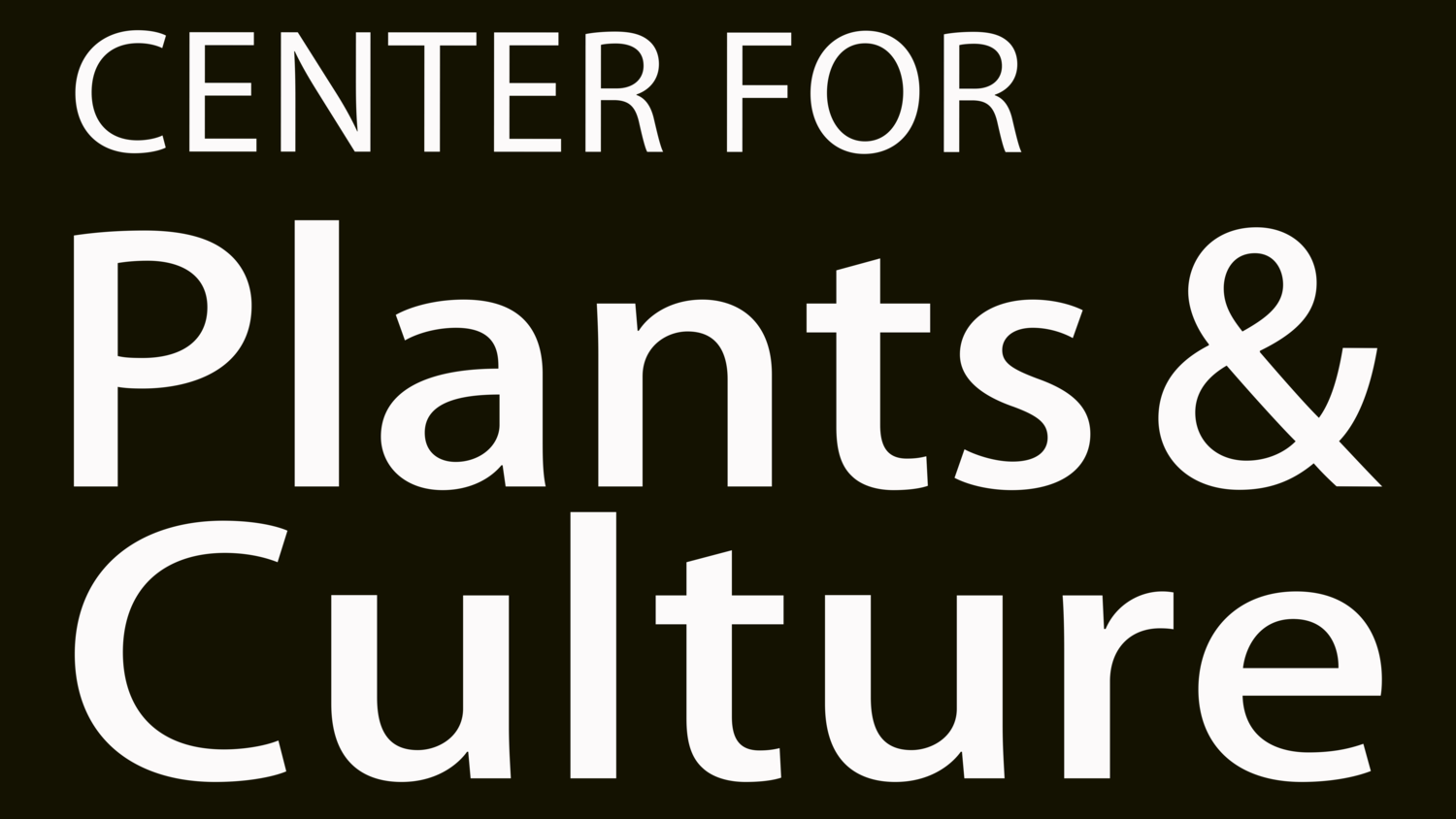
SLAVERY & BOTANY
The world is still reeling from the reign of colonialism.
Given the racism, subjugation, slavery, and genocide, there are few preserved accounts from Indigenous and African peoples during the colonial period. Most of what can be found is told through the lens of white witnesses—limited by the curators who usurped history.
In a sea of dehumanizing accounts, a written recording by nature illustrator Maria Sibylla Merian stands out. After visiting Suriname (a Dutch colony at the time) in 1705, she provides a glimpse into the unimaginably dire existence of Indigenous and African slaves.
“The Indians, who are not treated well by their Dutch masters, use the seeds [of the flos pavonis or “peacock flower”] to abort their children, so that their children will not become slaves like they are. The black slaves from Guinea and Angola have demanded to be well treated, threatening to refuse to have children. In fact they sometimes take their own lives because they are treated so badly, and because they believe they will be born again, free and living in their own land. They told me this themselves.” (1)
GENOCIDE OF INDIGENOUS PEOPLES
“Colonial powers [rationalized] their conquests by asserting that they had a legal and religious obligation to take over the land and culture of indigenous peoples. Conquering nations cast their role as civilizing “barbaric” or “savage” nations, and argued that they were acting in the best interests of those whose lands and peoples they exploited.” (1)
Juan Ponce de Leon, an officer in charge of the Spanish advance, “was instructed in dealing with the Indian inhabitants to “make them understand” that they were required to embrace the Catholic faith and “obey and serve” representatives of the Spanish crown. The crown authorized war against Indians if they chose not to obey or if they agreed and then later rebelled.”(2)
“Members of the Dominican order in particular noted the hypocrisy of enslaving the Indians because of their alleged barbarity while practicing a form of conquest, warfare, and slavery that reduced the indigenous population of Hispaniola from 250,000 to 15,000 in two decades of Spanish rule.” (3)
As Christianity spread, surviving Indigenous people experienced an erasure of religion, culture, and tradition. Colonizers stripped native peoples of their identity, as well as their relationship to nature.
“Amerindian medical knowledge and practices incorporated religious and cosmological beliefs that contradicted the tenets of Christianity, thus threatening European religious and political authority. Missionaries found it necessary to be informed about native medicine in order to discredit it; they also needed to appropriate and justify the efficacy of remedies by attributing their effectiveness to either natural causes or demonic intervention.” (4)
ENSLAVEMENT
“Between 2.5 million and 5 million Native Americans were enslaved throughout the Western Hemisphere in the centuries between the arrival of Columbus and the late 19th century, when the system declined markedly (but did not disappear entirely).” (5)
“At first, indentured European servants and enslaved indigenous peoples of the Americas were used to grow plantation crops. But more labour was needed, so Africans were enslaved to work on the plantations […] It is estimated that two thirds of all enslaved Africans transported across the Atlantic were made to work on sugar plantations. The death rate on Caribbean sugar plantations was so high that a continual new supply of labour was needed from West Africa. By 1700, Jamaica had 7,000 European settlers compared to 40,000 people of African descent.” (6)
“In fact, as estimated 11.7 million enslaved Africans survived their journey to the “New World” between the mid-fifteenth century and 1870.” (7)
SOURCES
Blakemore, Erin. “What Is Colonialism?” Colonialism Facts and Information, 14 June 2019,
https://www.nationalgeographic.com/culture/topics/reference/colonialism/
Benton, Lauren. “The Legal Logic of Wars of Conquest Truces and Betrayal in the Early Modern World.” Duke Journal of Comparative & International Law. 2018.
https://scholarship.law.duke.edu/cgi/viewcontent.cgi?article=1527&context=djcil
Kohn, Margaret and Kavita Reddy, "Colonialism", The Stanford Encyclopedia of Philosophy (Fall 2017 Edition), Edward N. Zalta (ed.),
https://plato.stanford.edu/archives/fall2017/entries/colonialism
Schiebinger, Londa L. Plants and Empire: Colonial Bioprospecting in the Atlantic World. Harvard University Press, 2007.
Heim, Joe, et al. “The Missing Pieces of America's Education.” The Washington Post, WP Company, 28 Aug. 2019,
https://www.washingtonpost.com/education/2019/08/28/historians-slavery-myths/?arc404=true
Natural History Museum (UK). “Slavery and the Natural World.” Chapter 3: Commercial Plants. 2008
https://www.nhm.ac.uk/resources-www/legacy/slavery-files/chapter-3-commercial-plants.pdf
Ferrante, Joan. Sociology a Global Perspective. Wadsworth, 2015. pp. 330




